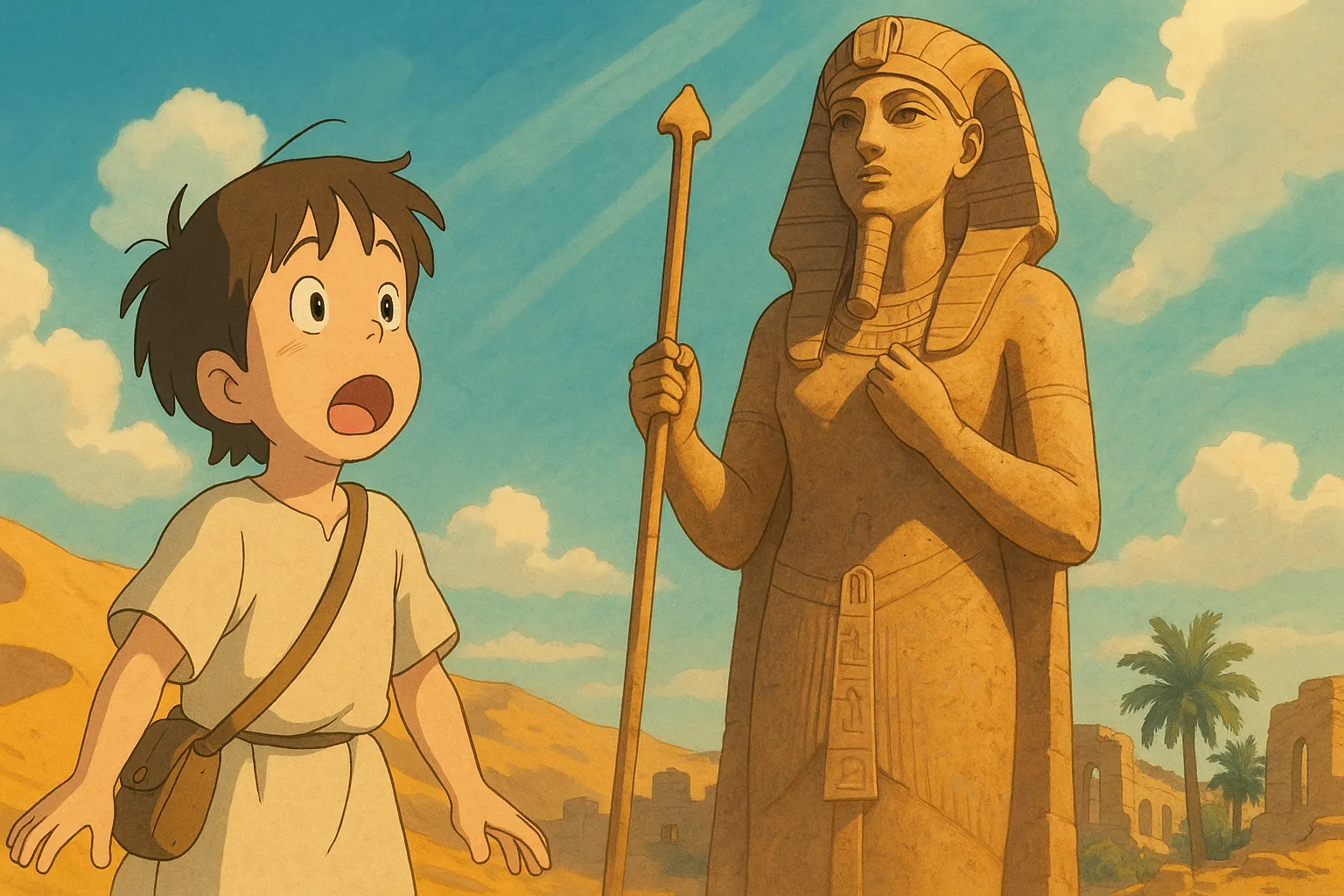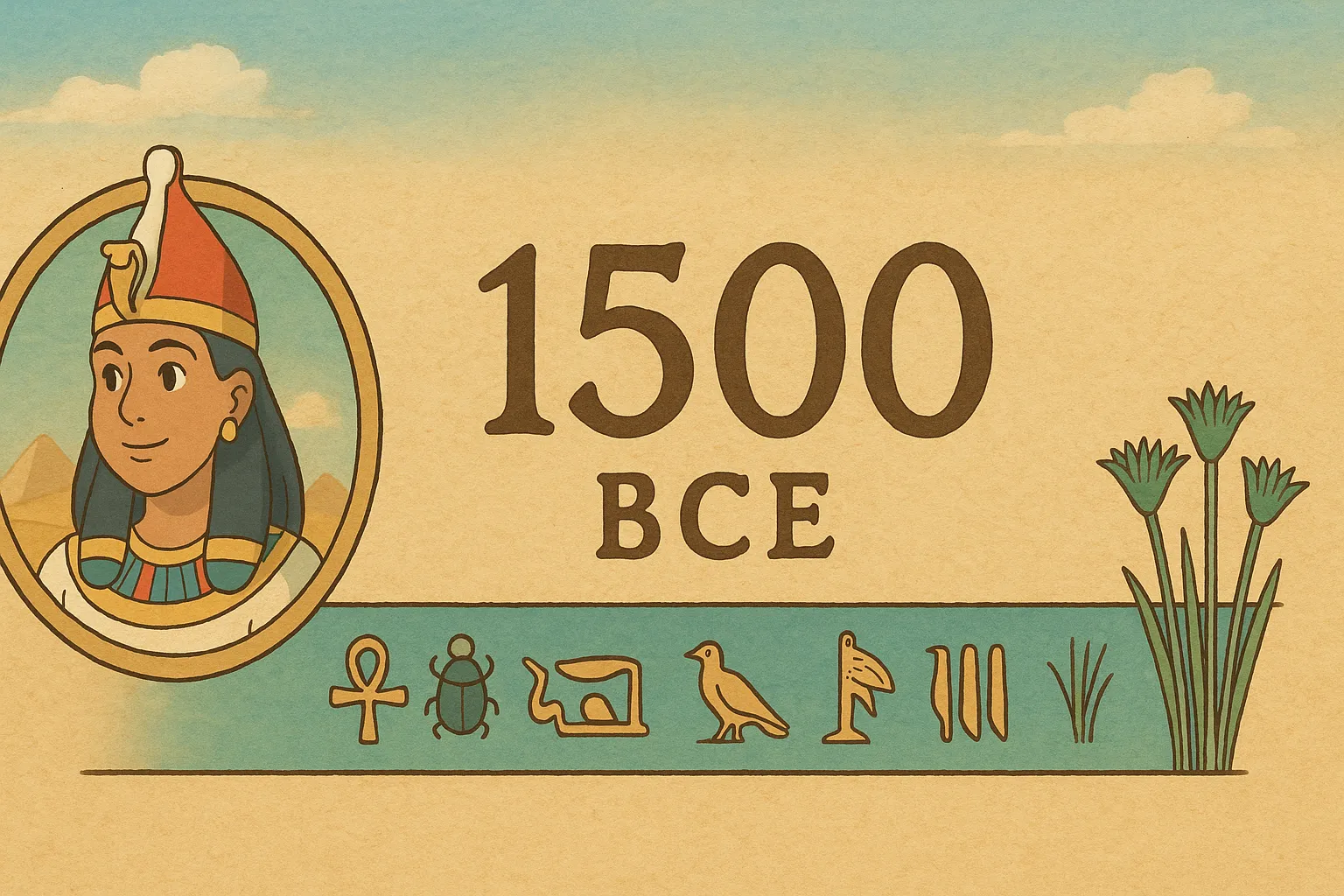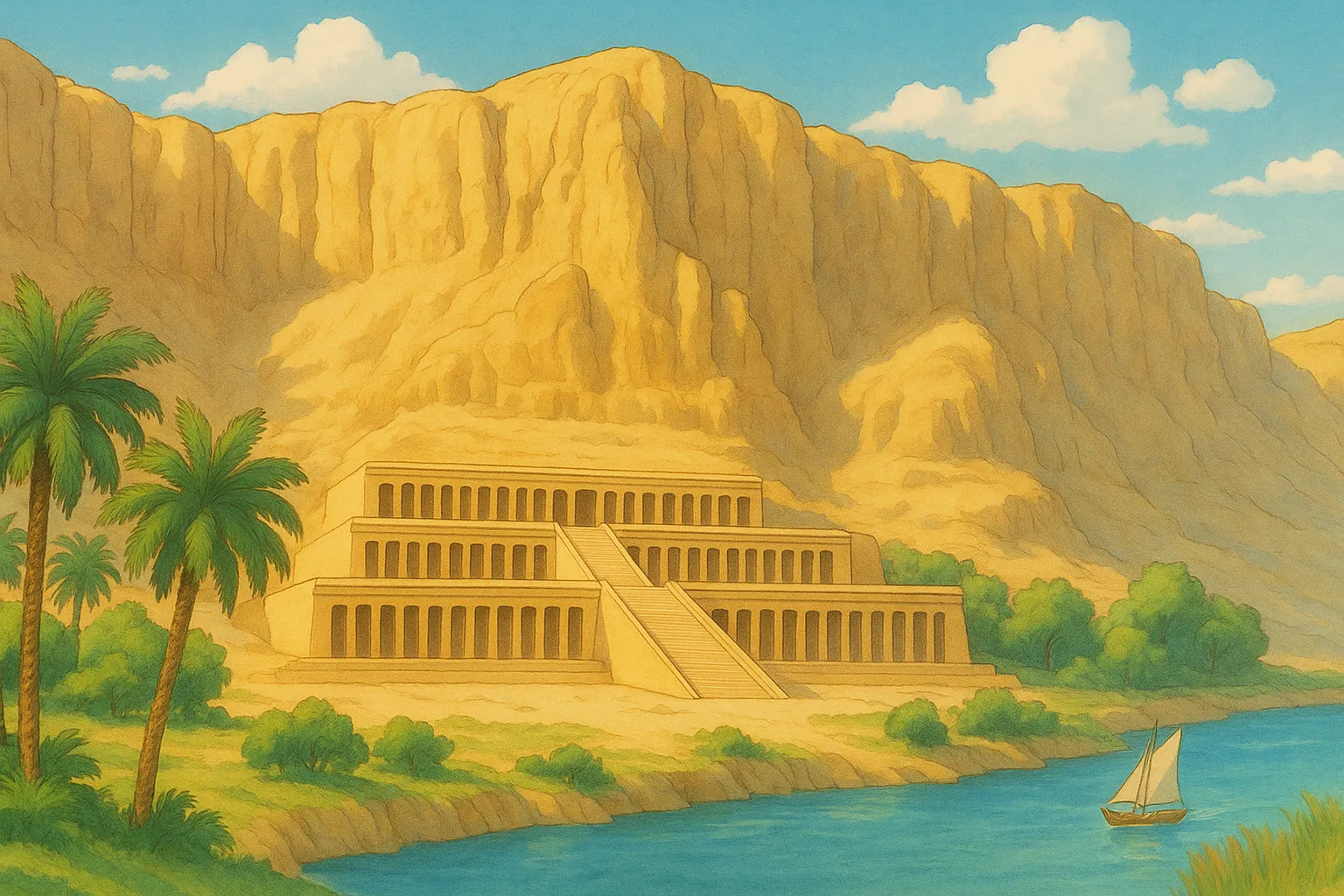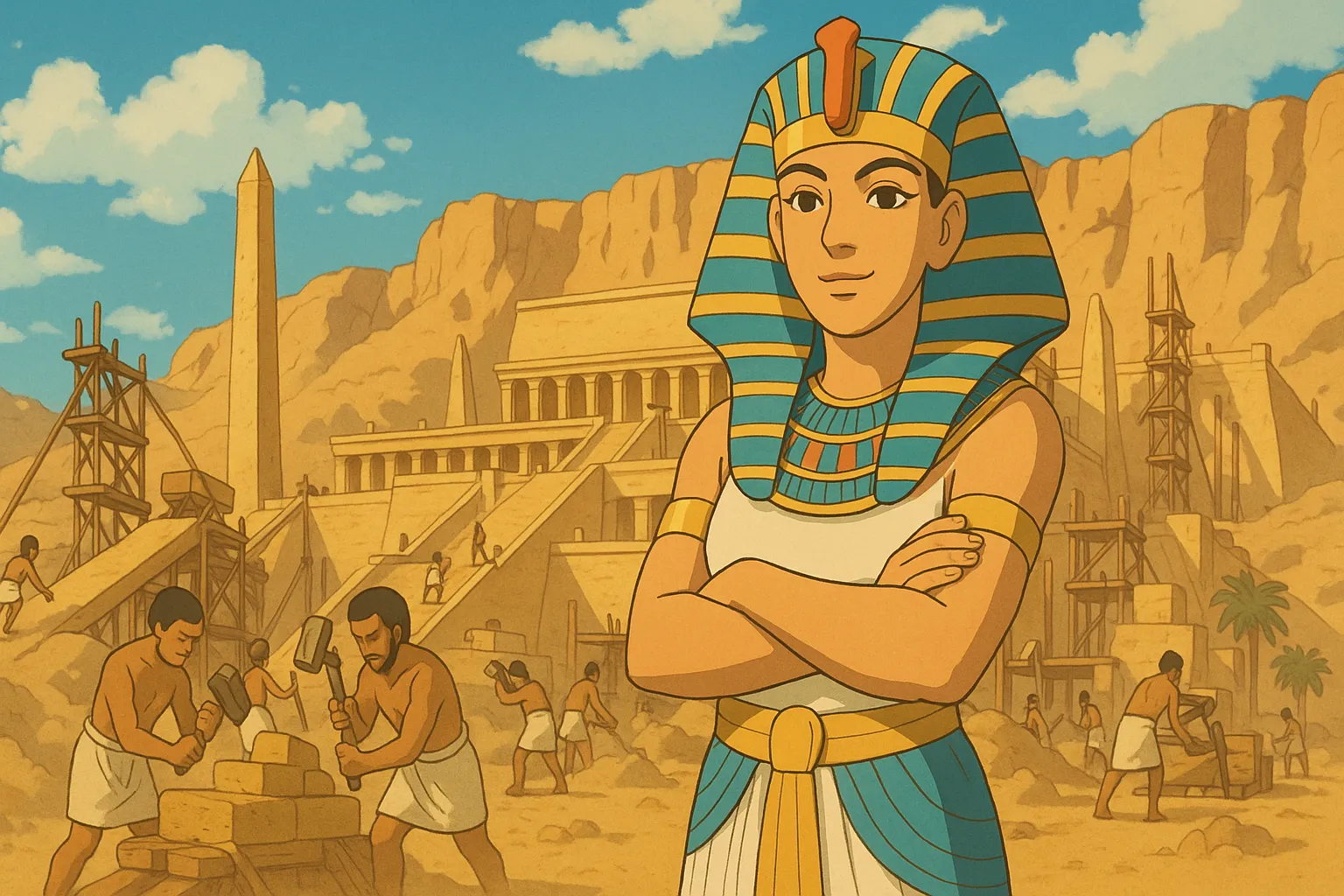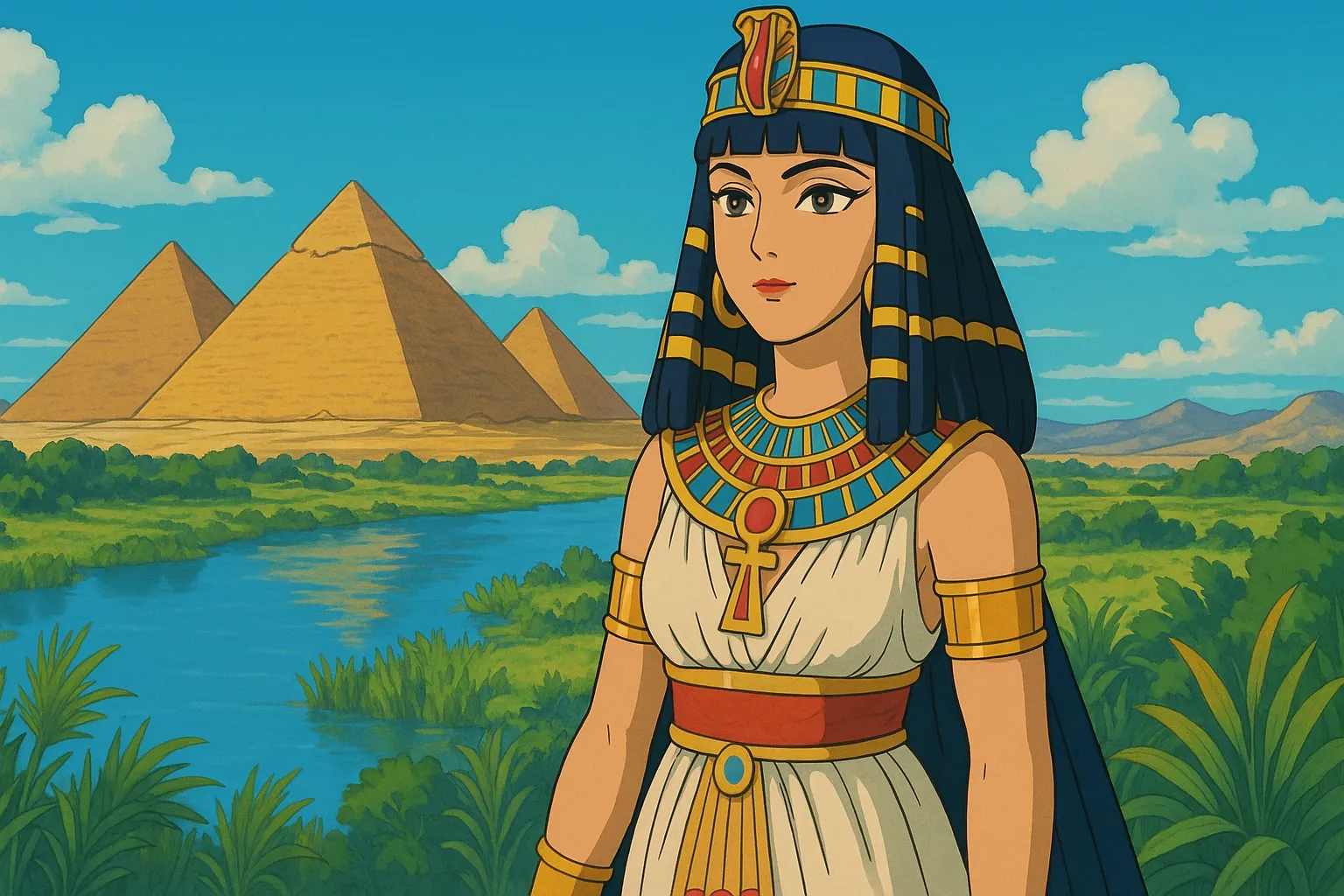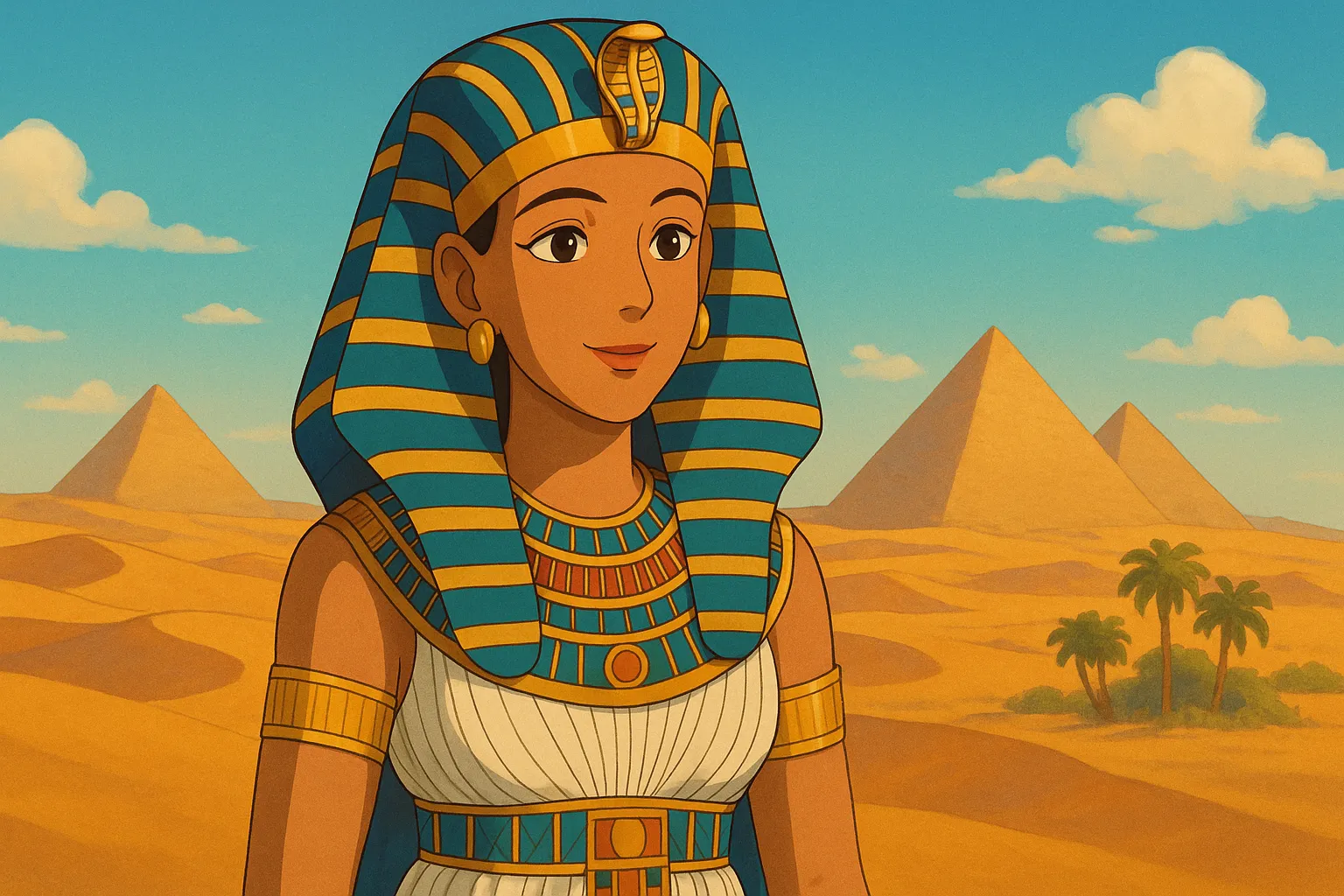
Frequently Asked Questions
Did Hatshepsut wear men's clothing and symbols?
She often presented herself in male royal attire, including the false ceremonial beard and kingly kilt, to emphasize her authority as pharaoh.
Who was Senenmut?
Senenmut was Hatshepsut’s chief steward, architect, and close official who oversaw major building projects and left many records tying him to the queen.
Was Hatshepsut co-regent with Thutmose III?
Yes. She initially acted as regent for her stepson Thutmose III and eventually assumed full pharaonic power; he became sole ruler after her death.
Why were her images and name removed from monuments?
Later rulers—likely Thutmose III or successors—ordered many of her statues and inscriptions defaced, perhaps to reinforce traditional male succession or erase a female king.
Is Hatshepsut’s mummy identified?
A female mummy from tomb KV60 is a leading candidate and some studies support this, but the identification is still debated among Egyptologists.
What is special about her mortuary temple’s design?
Her temple at Deir el-Bahri uses terraced colonnades built into the cliff face, ramps, and extensive reliefs that narrate events like the Punt expedition and her divine birth.
Where was Hatshepsut buried?
She was likely buried in the Valley of the Kings (tomb KV20) and may have been reburied later; exact burial details remain partly uncertain.
Did she claim divine approval to rule?
Yes. Official inscriptions portray her as the chosen daughter of the god Amun, describing a divine birth to legitimize her unusual position as pharaoh.
